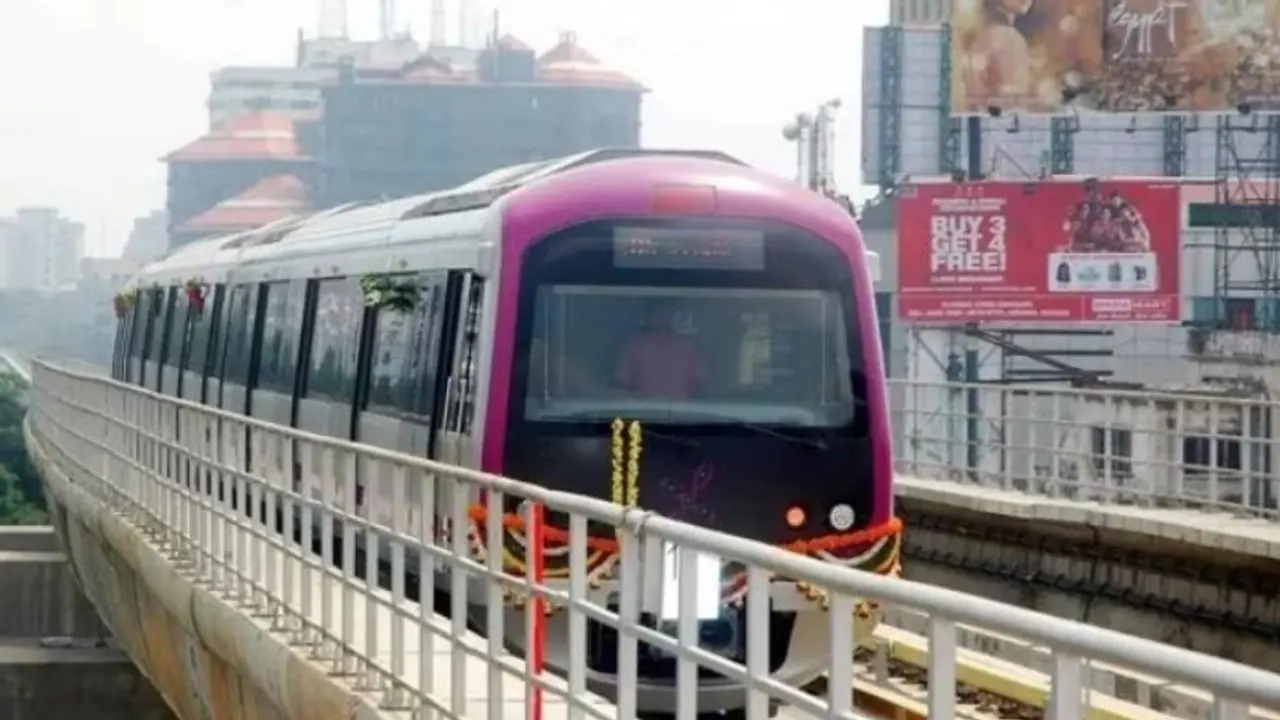In Bengaluru, a man was arrested for placing QR codes in metro station men’s toilets, which when scanned, led to Instagram pages and ads, including for a chocolate brand. Though the content was harmless, the method sparked security concerns. The incident, occurring across multiple stations, highlighted the need for stricter security to prevent misuse of digital tools like QR codes.
Bengaluru Metro officials and local police were taken aback by a peculiar QR code incident primarily targeted at metro stations across the city. A young man was recently apprehended for placing QR codes in men’s toilets, sparking curiosity and concern among commuters and authorities alike.

The ordeal began when metro officials noticed suspicious activities involving the placement of QR codes in secluded spots within the men’s restrooms at various metro stations. From Silk Board to Rajajinagar, and stretching as far as Kengeri to Deepanjali Metro Station, these strategically pasted QR codes were a city-wide concern.
Bengaluru metro's Pink line nears completion, BMRCL reports 95% progress
Upon scanning, these QR codes didn’t reveal anything malicious but instead directed users to various Instagram pages and promotional content, including an advertisement for a men's chocolate brand. Despite the seemingly harmless content, the method of dissemination raised significant security concerns.
The mystery deepened when officials, after being alerted to the suspicious placements of these codes, closely monitored the situation leading to the apprehension of the individual involved. He was arrested and brought to Byatarayanpura police station where the seriousness of misusing QR code placements in public areas was further scrutinised.
Bengaluru to Tumkur metro extension: Eight firms express interest to conduct feasibility study
This unusual marketing strategy, though not harmful in content, led to a formal complaint filed by the metro officials against the accused for breaching public safety norms and causing public alarm. The case highlighted the need for tighter security measures in public transportation areas, ensuring such innovative but potentially disruptive practices are curbed.
